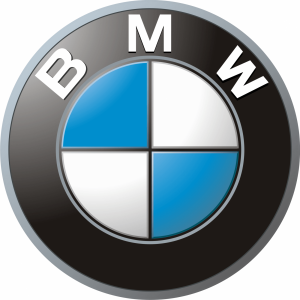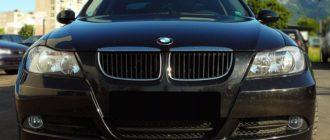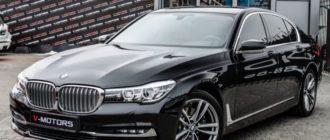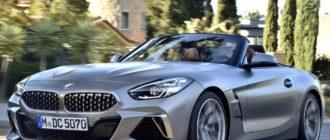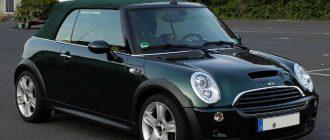The BMW 6 E64 cars belong to the GT Gran Turismo class. They were introduced alongside the fifth E60. This falls into the premium segment. The body types include convertibles and coupes. Credit must be given to the designer Adrian Van Hooydonk. The cars were built by German and Egyptian engineers. They were produced from 2003 to 2010.
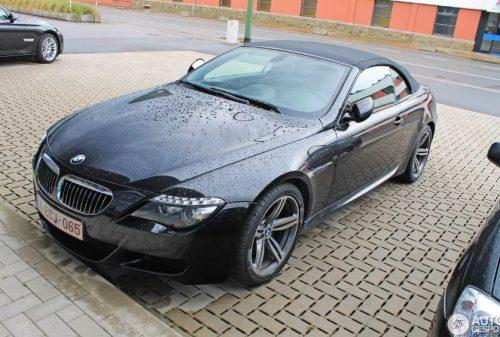
The initial cars featured E24 bodies and were produced until the 90s.
The BMW 6 E64 with new sedan bodies were built based on the «5» series. They have long hoods, cabins shifted towards the back. A year later, convertibles with soft roofs that folded with the help of electric drives were introduced.
In 2007, after a slight redesign, the cars came with new bumpers and optics. Three years later, their production was halted. They were succeeded by the F12 and F13.
Exterior of BMW 6 E64
The appearance resembles that of BMW F10. The E64 models have distinct front ends. The cars are similar in terms of brakes, brake discs, and calipers.
The trunks open from the outside using the alarm buttons or BMW logos. There is no automatic closing, but they feature good rear shocks, beautiful carbon roofs, and friendly front ends.
Optics
Equipped with xenon internals that provide maximum brightness. This ensures good visibility up to 800m ahead.
Skirts
The relief lines on the sides provide maximum aerodynamic performance. You can navigate through complex turns at high speeds without worry. The skirts also protect the undercarriage and frame surfaces.
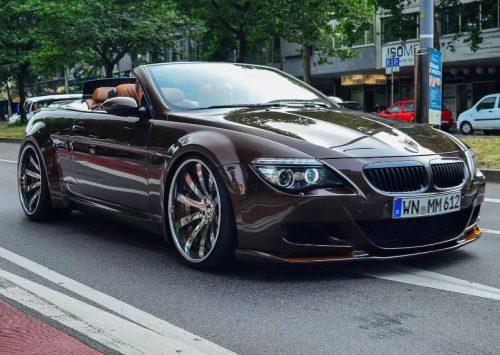
Installation of Alloy Wheels
The BMW 6 E64 comes with 19-inch wheels, providing excellent handling and acceleration. The tires fitted are 245/275 front and rear, respectively.
Engines of BMW 6 E64
They were equipped with both gasoline and diesel engines.
The inline six-cylinder gasoline engines ranged from 260 to 180 hp and 300 to 315 Nm. The best were the naturally aspirated V8s with 4.8L and 370 hp, producing 500 Nm.
All engines had a top speed of 250 km/h. The cars weighed between 1,600 to 1,935 kg, with permissible loads of up to 2,000 kg. The fuel tanks could hold up to 70 liters. Diesel models consumed 9-9.5 liters per 100 km, while gasoline variants consumed 11-20 liters. The consumption was 6 liters per 100 km for diesel and 6-9 liters for gasoline on highways.
Interior
The cars feature dynamic contours, ergonomic design, exclusive finishes, climate control, and safety features. They come with three-spoke leather steering wheels with textured finishes for a firm grip.
Electronic Equipment of BMW 6 E64
The cars have multi-link suspension elements for comfortable handling, thanks to electric power steering that can adjust rack linkages. Different driving modes can be utilized. They are equipped with regenerative braking systems, high-precision fuel injection, and transmission devices to reduce fuel consumption and CO2 emissions.
The cars come with automatic and robotic transmissions, electric packages, proprietary iDrive systems, and patented DSC stabilization devices. For responsive steering, Active Steering can be utilized.
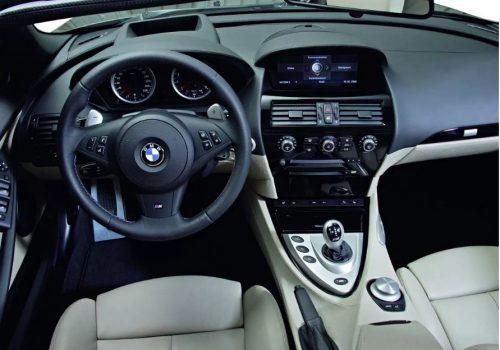
It's important to note that the cars are equipped with memory plastic wings. These wings bend without breaking in minor collisions and gradually restore themselves over time.
The side supports with special rollers for front passengers stiffen during turns.
Equipment of BMW 6 E64
Standard features include:
— Electromechanical power steering with optional integral and active features.
— Dynamic motion control.
— Control over dynamic adjustments for shock absorber stiffness and Adaptive Drive suspension components.
Modern models come with:
— Adaptive LED headlights with swivel lighting options.
— LED fog lights and taillights.
— Circular view cameras.
— Speed limit indicators.
— Night vision devices.
— Ventilated front seats.
— Wide range of color options.
— Ceramic overlays.
— Premium audio systems.
Restyling of BMW 6 E64 and pre-restyling
To reduce the car's weight, some parts are made from composite and aluminum materials. Tuned models from 2005 came with 507 hp. They also featured aggressive air intakes and modified side stampings.
Post restyling, the BMW 6 E64 models acquired rounded, modern, and aerodynamic front ends.
Instead of dual optical instruments, there is now a single rounded one.
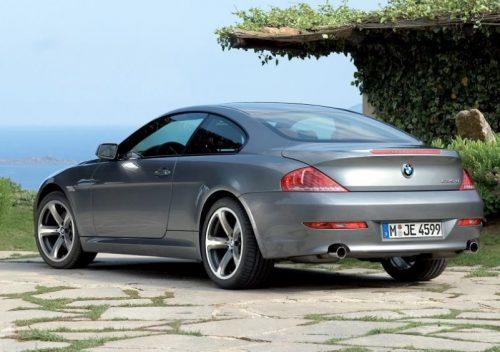
Turn signal repeaters with LEDs were installed on top.
The dual grilles were retained.
The engines in the BMW 6 E64 were replaced with inline M06 engines featuring dual overhead camshafts.
Valves were shaped in a V form for efficient fuel ignition and proper turbulence in the combustion chambers.
The first-generation six-cylinder models came with four-speed manuals and problematic three-range automatic transmissions. Later, four-speed automatics and five-range manuals were introduced. After three years, carburetor versions were phased out, making way for new engines. Thanks to these power units, the models lasted until '88.
In '84, traction control mechanisms and electrically adjustable seats were included in base models.
The new BMW 6 E64 models had larger dimensions but lower ground clearance. Outdated transmissions were replaced with 6-speed automatics and manuals. Top models featured 7-speed robots with dual clutches.
The M06 engines were replaced with inline 6-cylinder engines. Spare parts were not included. The suspension elements are firm, and the galleries are very tight.
Conclusion
Second-generation models with sporty suspension elements can feel every bump. Therefore, explosive starts from traffic lights, smooth roads, and perfect driving are required.
